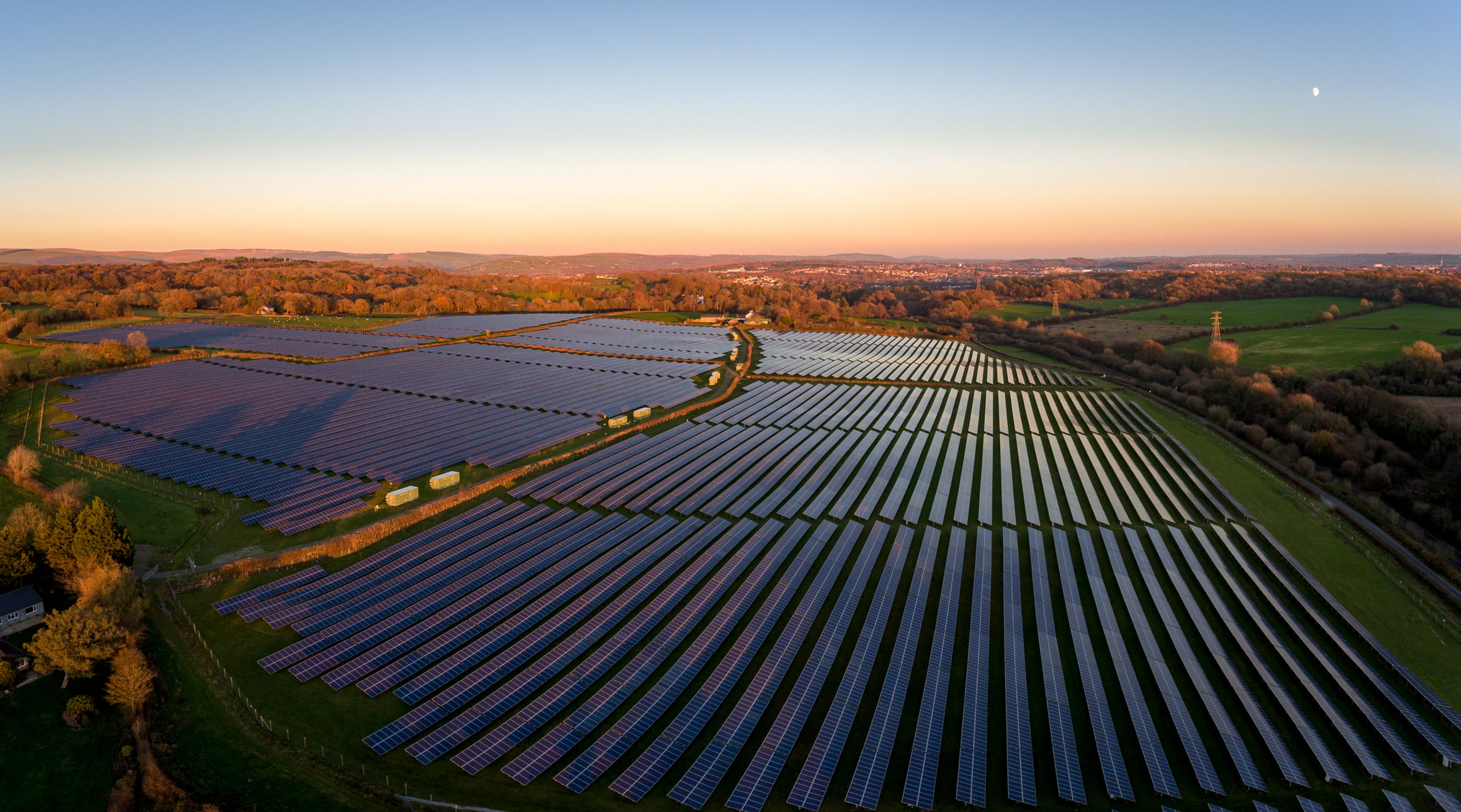The new Energy Saving Trust website is hosted by London-based Kualo. We chose Kualo for several reasons – but first and foremost because, like us, the company is concerned about the climate emergency.
Commenting on the decision to choose a green hosting provider, our head of IT, Bob Buckley, said: “Hosting our website with Kualo helps meet our sustainability goals and shows the internet can be powered with innovative green technologies.”
Recognising that the internet has a significant environmental impact, web hosting providers are increasingly determined to make their operations as green as possible. Kualo’s operations, for example, are powered entirely by renewable energy, while its data centre and server architecture use energy efficiency design principles.
Not-for-profit organisation The Green Web Foundation allows you to check whether a website is hosted by provider using green energy. It also has a directory of green hosts around the world, which currently lists 321 hosting providers in 26 countries.

